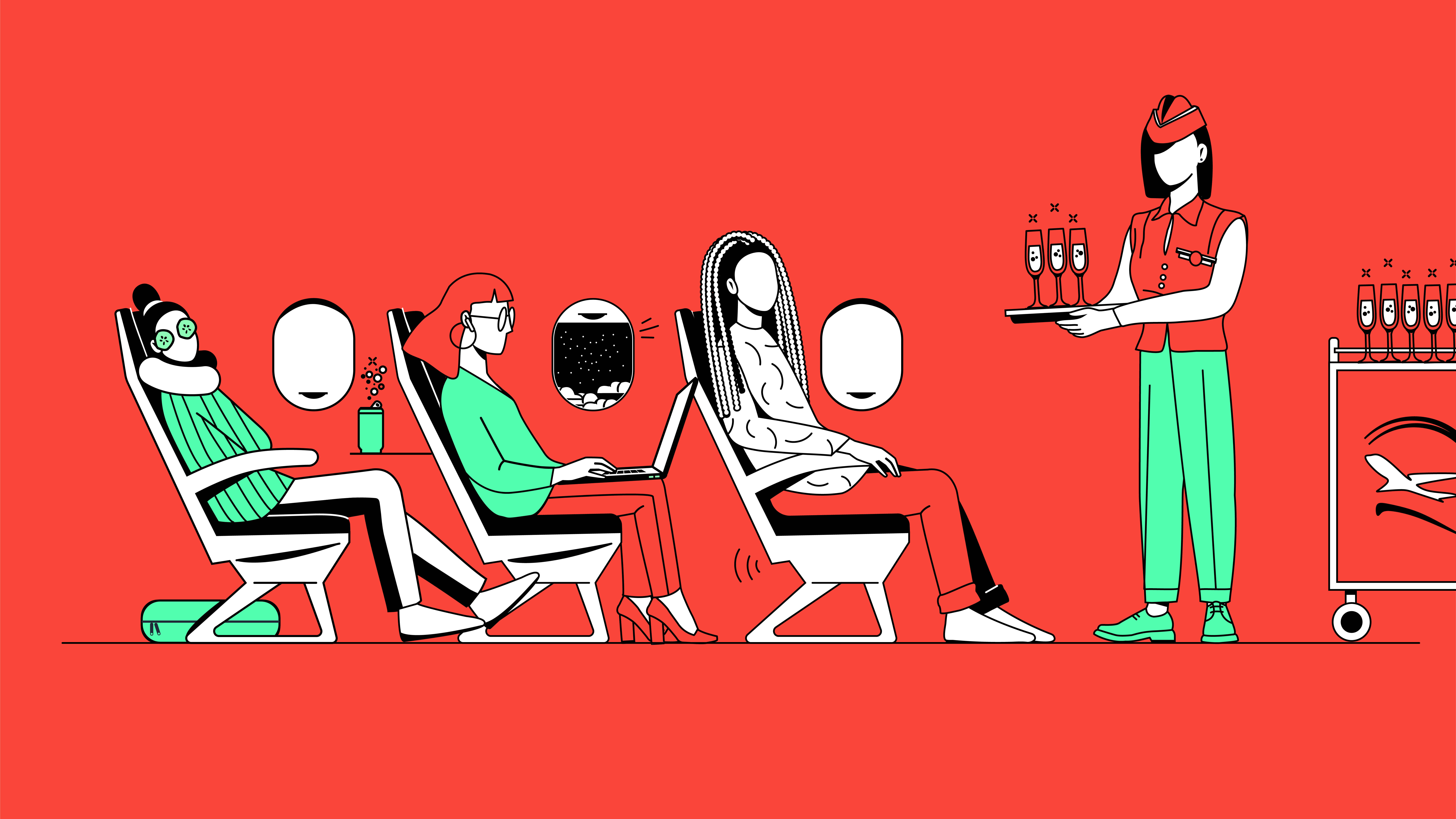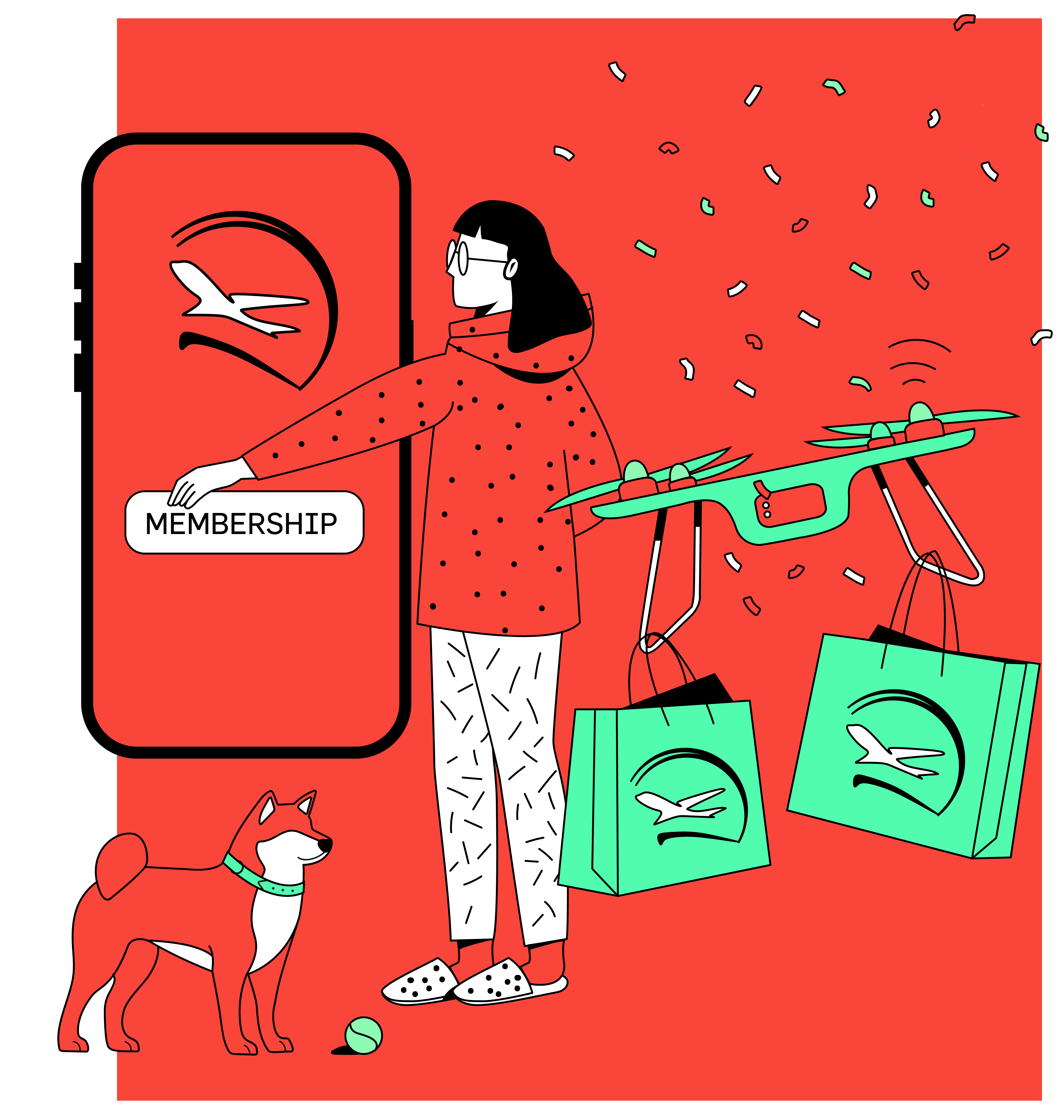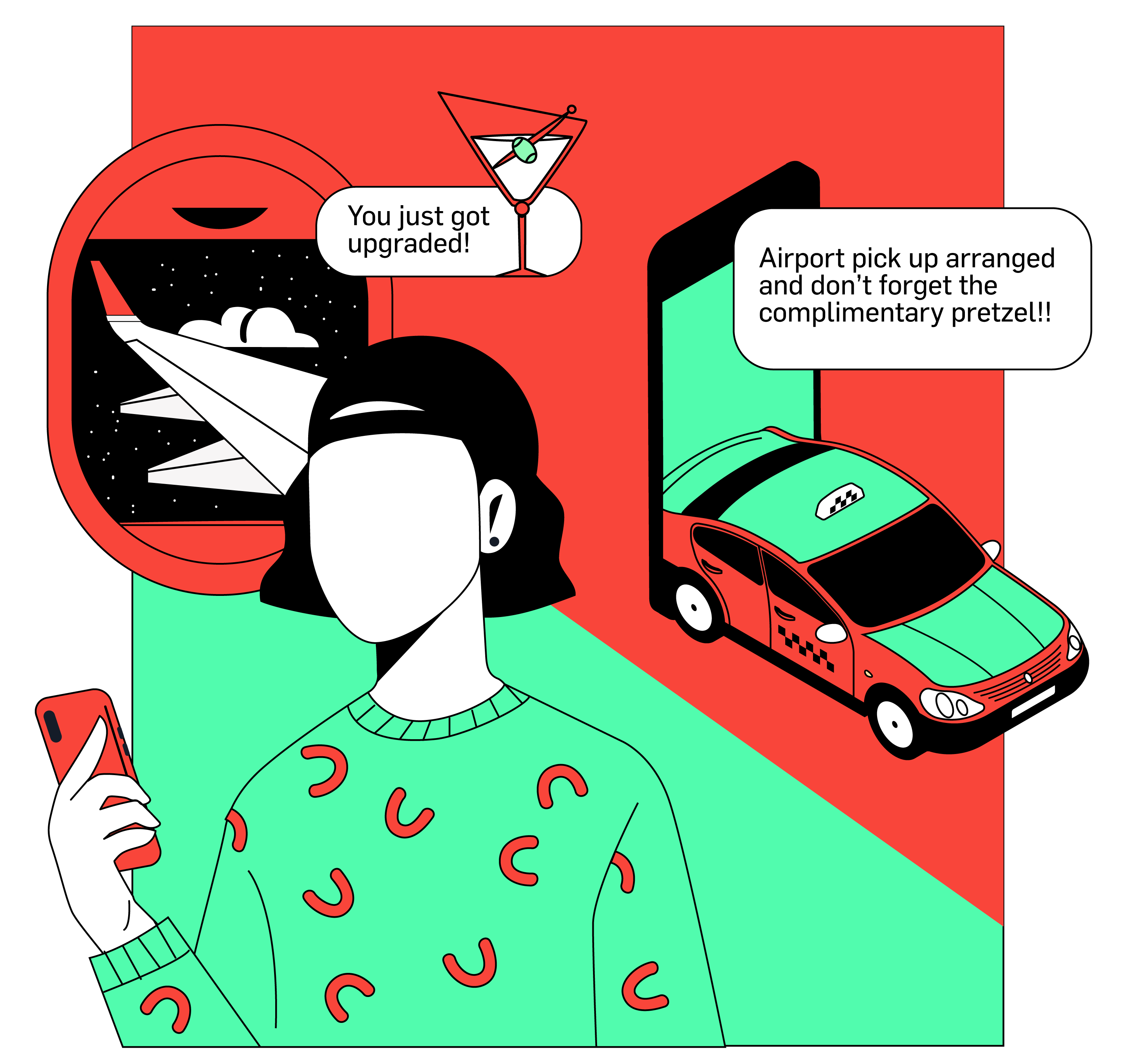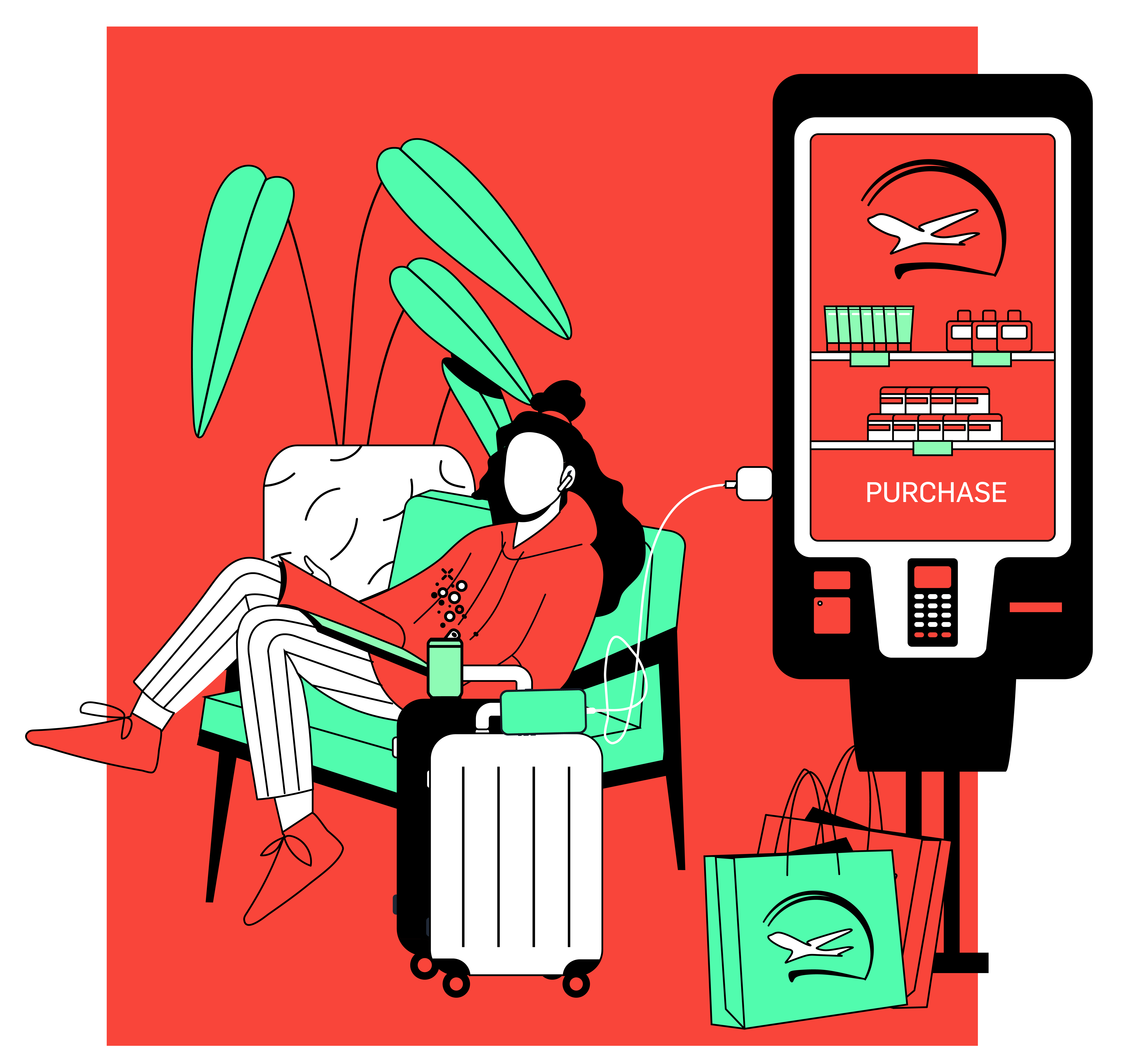The Core, the unmet and the desired
If the past two years had a motto, it would be, “The only constant is change.”
Siegel+Gale
October 2022
This article originally appeared in Campaign US.

There are three facets of consumer needs:
The core
The unmet
The desired
The core needs are the requirements for participating in an industry. The unmet needs are the innovations created by consumers to meet needs not provided by the brand. And, finally, the desired needs are the perks a consumer wants.
To show these facets in action, let’s explore an industry that has, to use a related term, experienced a lot of turbulence.
In the most recent World’s Simplest Brands index, the airline industry sank 12 spots, moving from 12 to 24 (out of 25 industries). An airline must satisfy the core need of enabling you to book a flight. Whether one-way or roundtrip, planned or spontaneous, first-class or the option where the only acceptable baggage is that from your past—if even that—the airline must supply this fundamental need. But, because of either pandemic-related travel restrictions or staffing issues or downright ineptitude, there has been an erosion of delivering core needs, which has led to an erosion of trust. If you can’t book a flight to Florida, the main—pardon, only—reason you would need to engage with an airline, then why would you ever use them again? Why would you trust that they could get you from A to B?
The second facet of consumer needs is the unmet needs—the things that, while sailing over mountaintops and cornfields, you think, “All I need to do is open this email. But it’s as if a snail is transporting this airplane’s Wi-Fi to my computer.” And then the flight attendant—that spiritual voice in the sky—says with a chipper demeanor, “Good morning, passengers. On today’s flight, you’ll find that our Wi-Fi isn’t functioning. But we do have year-old pretzels!” And, because it’s not 2003, you didn’t pack a portable DVD player with which you can entertain yourself. During the ongoing pandemic, brands have deprioritized unmet needs, because they have been trying to, at the very least, execute core needs. And you might be thinking, “So what? You can’t read that one email? Your inbox has 8,753 unread ones. Special number 8,754 isn’t going to mind waiting until landing.” But satisfying unmet needs can often ameliorate unfulfilled core needs, making those unfulfilled core needs more passible. In other words, although you might be very confused about your trip from A to B, you had a wonderful in-flight experience.
The third facet of consumer needs is the desired, the extra features that people want. This is where brand-led experience shines the brightest, because a brand can really differentiate itself. In the case of the airline industry, a desire might be to have complete privacy while traveling first class. You want to rest easy in your cocoon, snacking on complimentary potato chips and average-but-does-the-trick wine. But with packed flights and such new responsibilities as sanitizing the entire airplane, the first-class experience has worsened. You’re left exposed—without a curtain in sight—searching for spare peanuts in your carry-on. From industries that are underperforming, desired needs have been completely underserved or, in most cases, invisible, because brands are focusing on the most basic requirements. And neglecting these desires yields frustration, distrust, and, ultimately, complexity.
With air travel, complexity is pervasive across all brands, fostering a pack mentality—but if all the wolves were betas. Why take an additional effort, resources, and risk to create new solutions, brand-led experiences, and customer expectations, if few competitor brands are pressuring the change? So, continuing the wolf imagery: think wolves sans ferocity—with shaved teeth before getting veneers. This type of complex herd mentality is the prime brand mindset that birthed the on-demand, peer-to-peer, and ride-sharing spaces within ground travel or direct-to-consumer, digital car buying.
Airlines still know that, due to the cost implications of air travel, they can’t possibly be affected in the same way until, well, teleportation arises. Plus, we won’t try to re-engineer planes or their baseline business. Despite our smarts, we’re not rocket scientists. Save for fueling the plane with a witch’s brew of two parts Mountain Dew and one part Red Bull, we can’t help your plane get from A to B faster. And we’ve all seen the concept designs of airplanes inspired by NYC’s subway. This must’ve been dreamed up by someone who has never experienced NYC subways in August. Nobody wants that.
But there’s hope. By embracing simplicity in brand-led experience and digital engagement, the airline industry can grow and, most of all, win.
Here are three opportunity areas, emphasizing the customer’s core, unmet, and desired needs that are heightened and ripe for reimagination.



To reduce friction and complexity, design experiences that satisfy the three facets of consumer needs—the core, the unmet, and the desired. In the airline industry, these include developing subscription models, transforming the travel day from a pain to a pleasure, and expanding airline offerings into new spaces. To learn how the health-and-wellness industry can cease travel to Complexity International Airport, read more.
